If you’ve been in the nail industry or getting your nails done for a while now, then you are, perhaps very familiar with hard gel nail products.
It may be the service you’ve considered alternatively to getting acrylics or when your gel polish service isn’t lasting as long as you would want it to, anymore.
Hi everyone,
Before we move along, I want to let you know that I just launched the first and most comprehensive Japanese Soft Gel ONLINE course … Master Gel Nails.
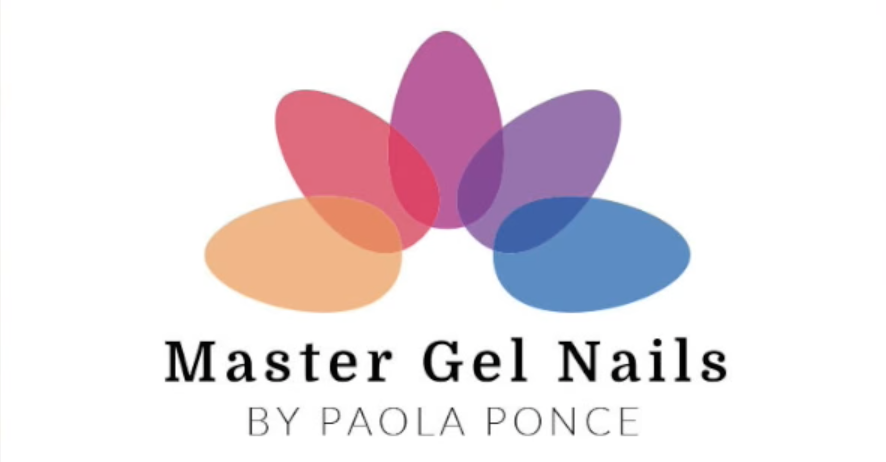
This is THE program that takes you step-by-step through applying monthly wearing gel nail services using Japanese gel only!
Yes! For all of your services, from gel manicure, to gel overlays, to gel extensions. Everything is broken down step-by-step into 10 lessons that will get you mastering gel nails using premium soft gel only, and finishing all of your services within 90 minutes!
This program will help you master long wear applications so that you can be booked making dependable income, week after week, month after month, year after year. But I don’t want you to take my word for it just yet check out the Free Masterclass I created to explain how I found near 6 figure success using Japanese gel only and the exact steps I took to master long-wear application.
Whoo! I got totally off topic there, but I couldn’t contain my excitement!
So! In today’s reading, we will be defining how hard gel and soft gel differ from one another, and also the similarities they share. Let me show you what both gel formulas look like, and how they apply.
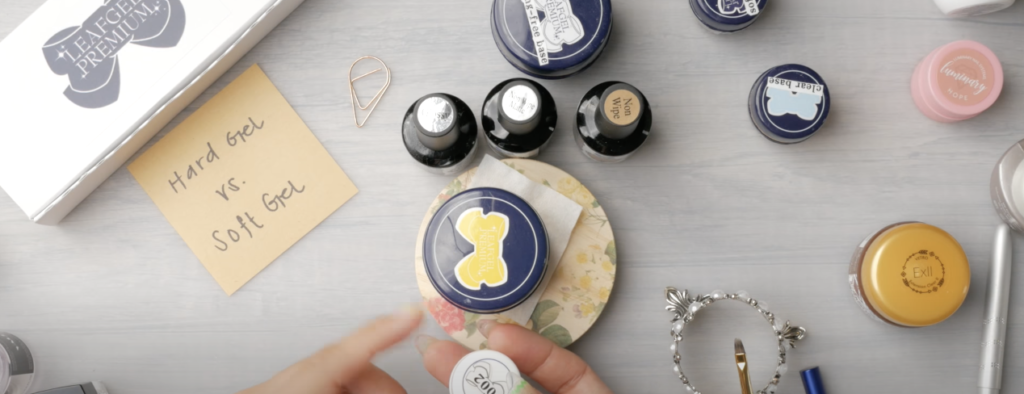
Let’s take a deeper look.
Soft gel and hard gel are fluid forms of a soon-to-be plastic enhancement on our nails.
To create this “gel nail plastic”, typically resins and other acrylates (aka acrylic) are used.
The resin to create most gels is synthetic, think of resin as being sort of a glueish substance. Most resin in gel nail products is acrylic-based also.
So now you have a whole lot to consider next time you say gel or acrylic nails. They are essentially both acrylic materials.
This is why sometimes when one of your clients is allergic to acrylic, sooner than later she may be also allergic to gels.
And so on a BIG side note, if your client is indeed allergic to acrylates, AKA acrylic, Bio Sculpture gel is the only gel in the market (that I know of) not to have an acrylic component to it. I have more info in this video if you want to learn more about it.
Back to hard gel vs soft gel nails. Let’s take a look:
Difference #1: Soft gel soaks off and hard gel does not.
Without getting too much into the chemistry of things, consider this visual.
In a hard gel, the molecules are compacted together thereby limiting a solvent, like acetone getting through.
In a soft gel, the opposite is true, the molecules are loosely bound, allowing for acetone, the solvent, to penetrate and break down the gel.
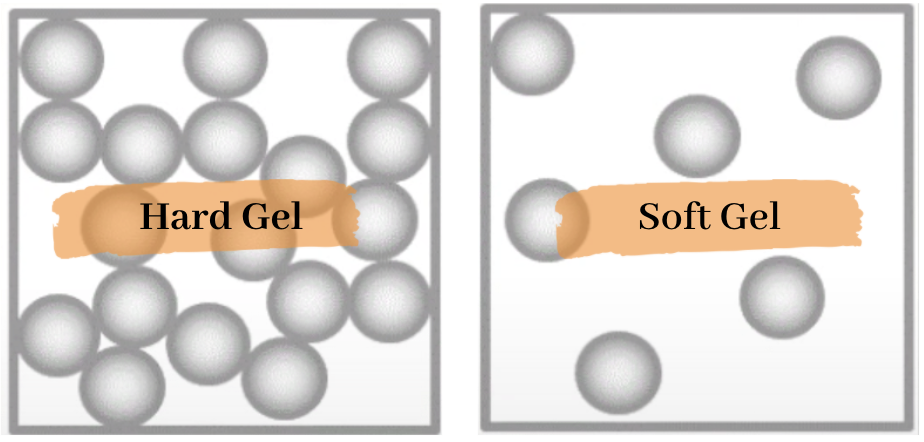
So what else?
Along with this information, you should keep in mind that when sculpting gel extensions, you can use both soft gel or hard gel, EXCEPT that if you OR your client want to build an extremely long length, then you should use hard gel rather than soft gel.
If you do want to stay within the category of soft gel while creating extreme lengths, then you have 2 options.
- Option #1:
Keep maintaining your client’s natural nails long service after service, and then you’ll have that keratin to work with, which will be much stronger than ANY plastic tip.
- Option #2
Resort to using fast tip kits like Apres or Xtens soft gel nail extension systems. I have a video outlining a load of information on these quick soft gel nail systems. So do check it out here.
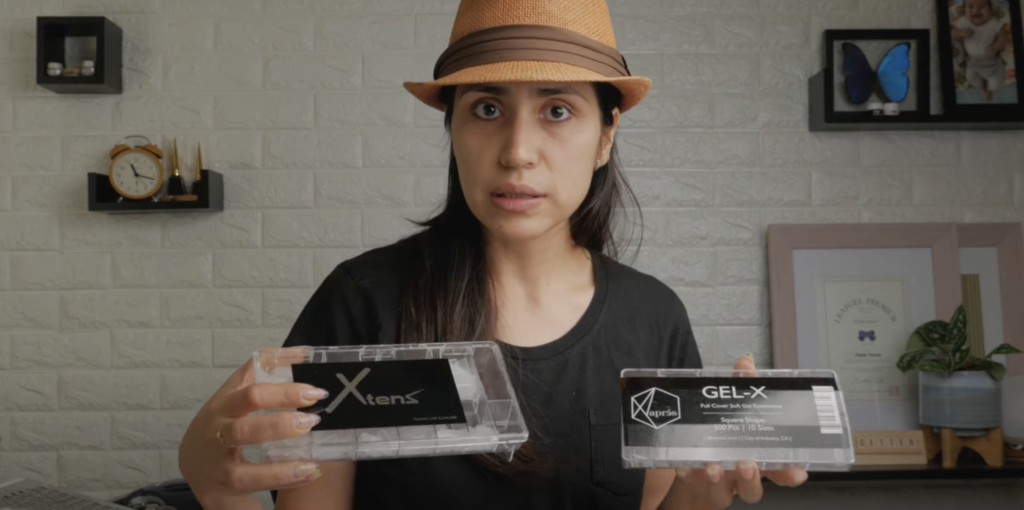
So perhaps you’re wondering… Paola, why are you fighting using hard gel, and just soft gel specialized?
Difference #2: Consider your clientele, natural look or acrylics look.
Well, you have to consider your clientele for this. My clientele did not like thick long nails. They wanted their nails to feel light and very natural, which is so easy to achieve with soft gels and soft potted gels. That is why I became fully committed to soft gel only.
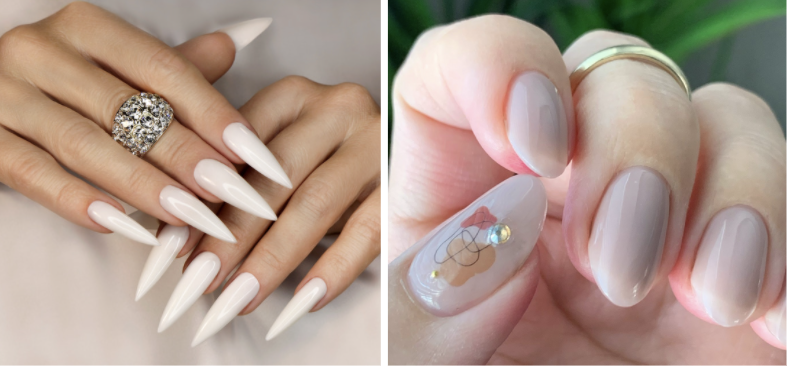
With hard gel, you USUALLY have to work very thick applications in order for that gel not to crack. With soft gel, even when using a “heavy” application, it is usually hard to make your nails too bulky.
Those clients that had tried hard gel thought it felt too much like acrylic nails, except for that the process of applying was way cooler.
Difference #3: Cost of gel products
Lastly, these Japanese soft gel nails typically will be anywhere from 20% to 50% more expensive. That is to get the service done or buy the products.
With that being said, in either case, you can do all of your services using hard gel only, or you can be like me, and do all of your services (from gel manicure to sculpted gel extensions) using soft gel only.
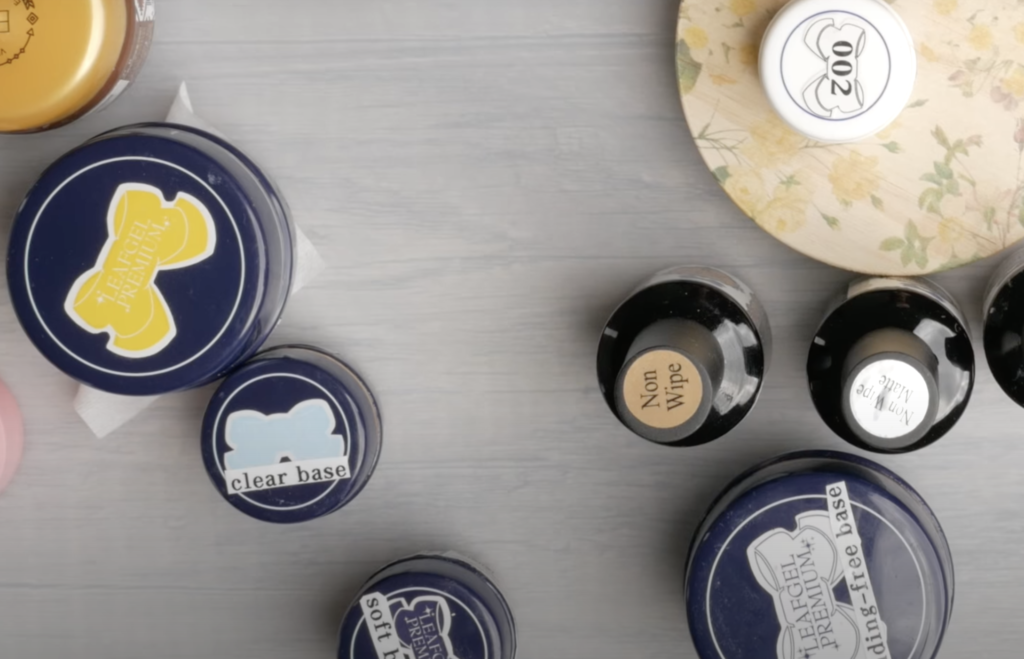
Most of the time soft gel is Japanese Gel category, so if you are unfamiliar with what these are, I do have a video for you to learn all about them here.
Again, this is why I created my online program Master Gel Nails, because I found tremendous success in the salon with my clients using Japanese Gel only, and in this program, I show you exactly how to do that.
Thank you for reading, and I want to hear from you. Subscribe to my mailing list for info and updates to help you start or if you already started your nail journey. I’d love to help!
I’ll see you next week. Bye for now.
These blogs are copyrighted material and any use of this blog is not permitted without written concern first. Some of these blogs contain affiliate links that provide us with a small commission when qualifying purchases are made. Thank you for your support that helps us to continue creating valuable resources and content like this.

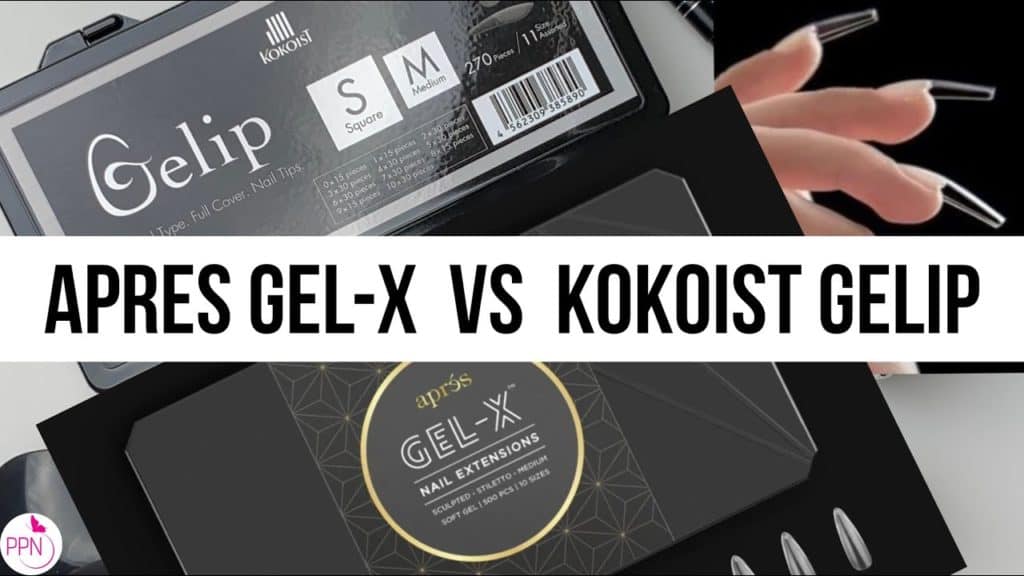
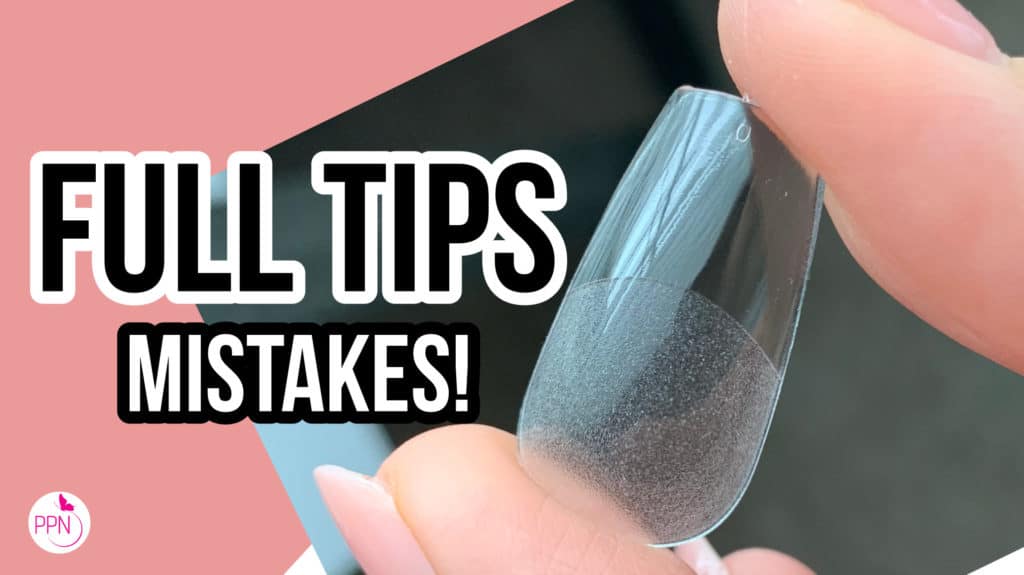
I am the user of hard gel nails and most of the people are also uses the soft gel nails. Thanks you describing it in your post.
Pingback: Hard gel overlay - here's what you need to know. - nailhow
Interesting! So if the molecules are too tight, they’re not as flexible?
Great information! Just the idea that if your client is having a allergic reaction to acrylic soon it could happen with gel since acrylates is a main ingredient. I think we forget this. We need to be very careful taking care of the nail and surrounding skin when we apply our products. And your Gel Master class teaches proper techniques to help with this.
Thank you